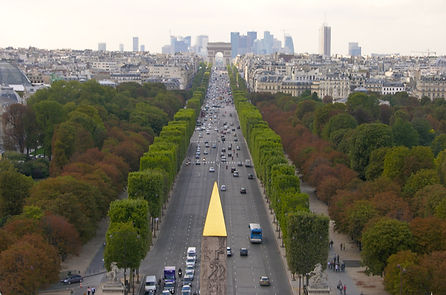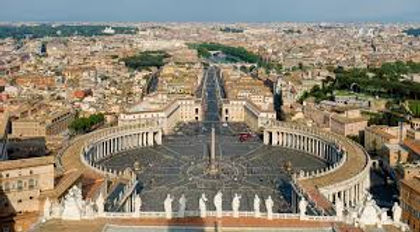21.
Cairo:*
Although Cairo had been established, for 200 years the administrative centre of Egypt was in Fustat. In 1168 the Fatimids set fire to Fustat to prevent its capture by the Crusaders & the capital was permanently moved to Cairo which expanded to include Fustat & the previous capitals of al-Askar and al-Qatta'I (collectively known as "Old Cairo"). In 1169 Saladin was appointed viziers; a power struggle led to the downfall of the Fatimids & Saladin seized power in 1171. As the first Sultan of Egypt he established the Ayyubid dynasty based in Cairo & aligned Egypt with the Abbasids in Baghdad. He constructed the Cairo Citadel, which served as the seat of the Egyptian government until the mid-19th century.
22.
Grenada: *
In 1228 the Nasrids dynasty emerged. They aligned themselves with Ferdinand III of Castile, becoming the Emirate of Granada in 1238. It provided connections with Muslim & Arab traders, particularly for gold from sub-Saharan Africa & the Maghreb. The city exported silk & local dried fruits. The Nasrids supplied troops from the Emirate & mercenaries from N. Africa for service with Castile. For 2 centuries, the region enjoyed considerable cultural and economic prosperity.
23.
Champs Elysees to the Louvre: *
illustration
24.
Piazza St Peter’s Rome: *
illustration
25.
forum Romanum: *
illustration
26.
Via Sacra: *
illustration
27.
“Leibnizian mathematics of infinite space”: *
While Leibniz rejected the existence of infinite mathematical entities he does allow them for the purpose of calculation by geometers & mathematicians. He regarded the infinitesimals used in his calculus as ideal (useful fictions) which however obeyed the same laws as real number. Regarding infinite totalities (the opposite of the infinitesimals) he accepted them as potentials, that can grow in number indefinitely but which at any given point are finite. Thus he accepts on a practical level (for calculations) infinite space, infinitesimals and imaginary numbers, but these do not have any metaphysical reality.
It is his view outside maths where Leibniz moves towards a full acceptance of infinity. He argues for infinity in nature, so for instance any given part of matter can be infinitely divided, and that the smallest part imaginable should be considered "as a world full of an infinity of creatures." His monads also exist in an infinite state, an infinite number of universes. God had the power to create an infinite number of worlds and since he is all good he DID create an infinite number of worlds.
Thus although it seems he rejected the mathematics of the infinite, he affirms infinity in nature and in his metaphysical system (monads)
( Bertrand Russell Memorial Volume By Roberts, George W)



